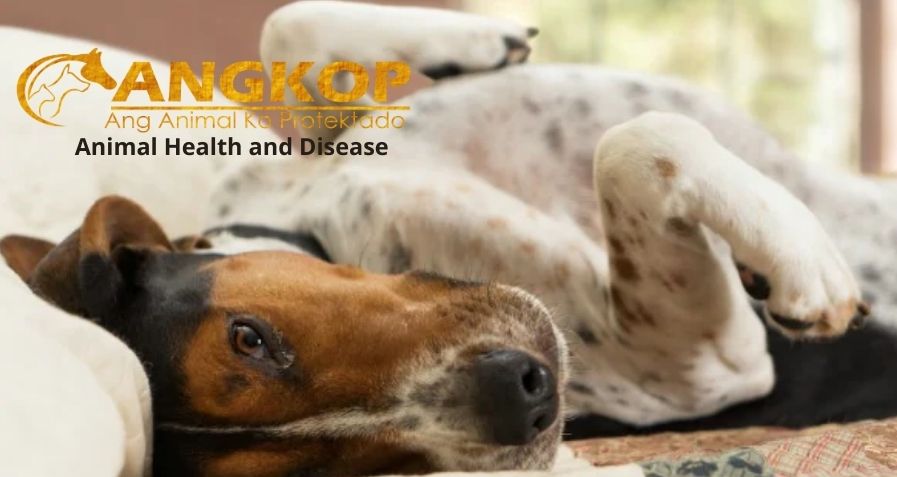Q Fever

Issues
Q Fever
Q Fever is caused by the zoonotic rickettsia Coxiella burnetii.
- Infection—most commonly by inhalation or ingestion of organisms while feeding on infected body fluids (urine, feces, milk, or parturient discharges), tissues (especially placenta), or carcasses of infected animal reservoir hosts (cattle, sheep, goats); can occur after tick exposure (many species of ticks implicated).
- Lungs—thought to be main portal of entry to systemic circulation.
- Organism replicates in vascular endothelium; causes widespread vasculitis; severity depends on the pathogenicity of the strain of organism; vasculitis results in necrosis and hemorrhage in lungs, liver, and CNS.
- An extended latent period exists after recovery until chronic immune-complex phenomena develop; organism reactivated out of the latent state during parturition, resulting in large numbers entering the placenta, parturient fluids, urine, feces, and milk.
- Endemic worldwide.
SIGNALMENT
Cats and dogs of any age, sex, or breed.
SIGNS
Historical Findings
- Often a history of contact with farm animals or ticks.
- Fever.
- Lethargy.
- Depression.
- Anorexia.
- Abortion—especially cats.
- Ataxia and seizures—especially dogs.
- Physical Examination Findings
- Usually asymptomatic.
- Splenomegaly is often the only clinical finding.
- Multifocal neurologic signs—dogs.
CAUSES & RISK FACTORS
- C. burnetii.
- Exposure to infected animals (especially following parturition) and ticks.
DIAGNOSIS
DIFFERENTIAL DIAGNOSIS
- Cats—other causes of abortion: infections (viral rhinotracheitis, panleukopenia, FeLV, toxoplasmosis, bacteria including coliforms, streptococci, staphylococci, salmonellae); fetal defects; maternal problems (nutrition, genital tract abnormalities); environmental stress; endocrine disorders (hypoluteidism).
- Dogs—other causes of encephalitis.
CBC/BIOCHEMISTRY/URINALYSIS
- Non-specific.
OTHER LABORATORY TESTS
- Serology
- Serology—IF and ELISA methods are available; a four-fold increase in IgG titer over a 4-week period is diagnostic; the use of newer serologic techniques that measure IgM on one sample have not been well documented in small animals.
- Collect 2–3 mL of serum and refrigerate, for organism identification.
- Collect tissue sample (e.g., placenta) and refrigerate, for animal inoculation.
- Tests available from the New Mexico Department of Agriculture, Veterinary Diagnostic Services, 700 Camino de Salud NE, Albuquerque, NM 87106.
- PCR—also performed by above laboratory; used to detect organisms in tissue culture or tissue specimens derived from the patient.
TREATMENT
Alert client of possible zoonotic risk.
Inpatient—avoids zoonotic risk to client.
Wear gloves and masks when treating an infected animal or when attending an aborting cat.
MISCELLANEOUS
ZOONOTIC POTENTIAL
- Major zoonotic potential.
- By the time a diagnosis is made in a cat or dog, human exposure and infection have occurred.
- Instruct owners and people in contact with the pet to seek medical advice immediately.
- Humans contract the disease by inhaling infected aerosols (e.g., after parturition); children commonly infected from ingesting raw milk but are usually asymptomatic.
- Previous urban outbreaks have been related to exposure to infected cats.
- Incubation period from time of contact until the first signs of illness—5–32 days.
- Person-to-person transmission possible.
ABBREVIATIONS
CNS = central nervous system
ELISA = enzyme-linked immunosorbent assay
FeLV = feline leukemia virus
IF = immunofluorescence
PCR = polymerase chain reaction
Visit your veterinarian as early recognition, diagnosis, and treatment are essential.
You may also visit – https://www.facebook.com/angkopparasahayop
